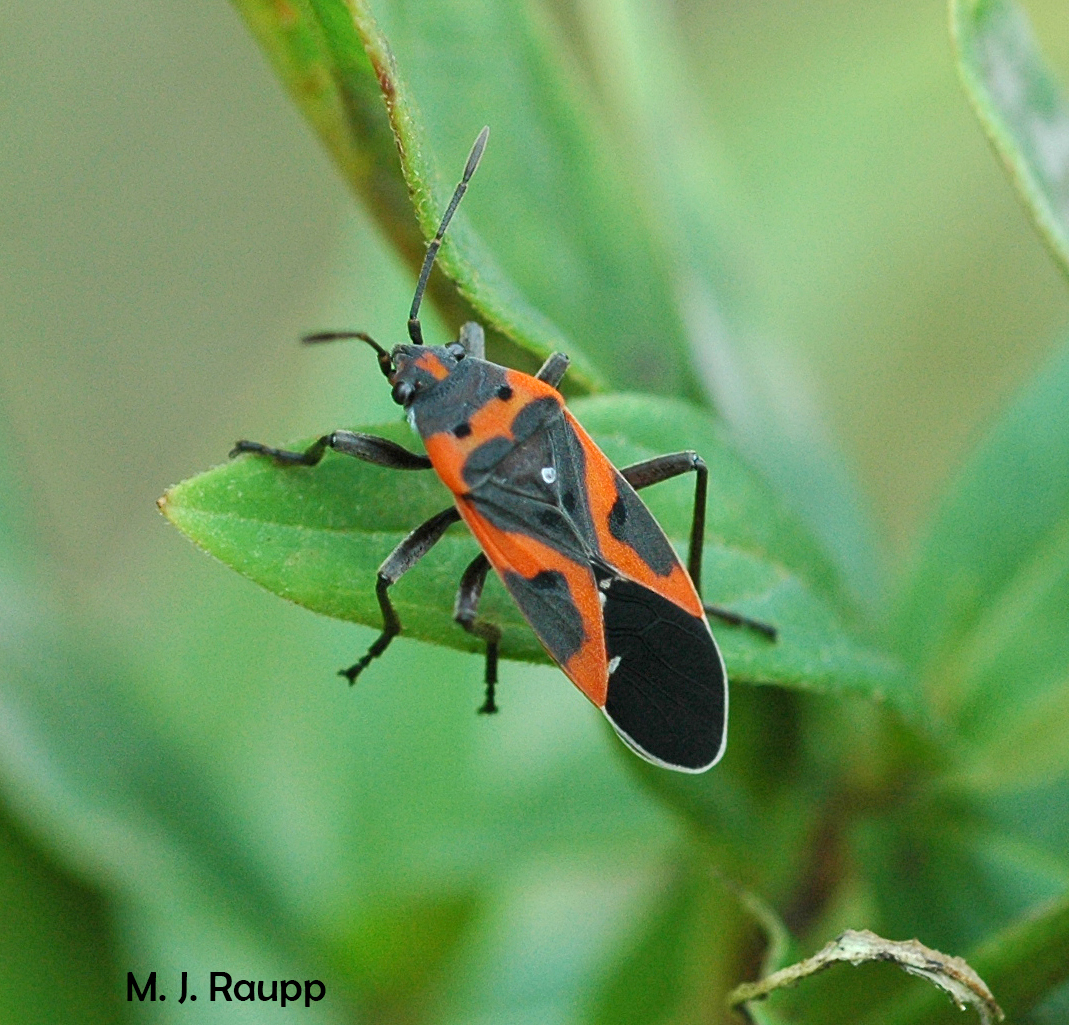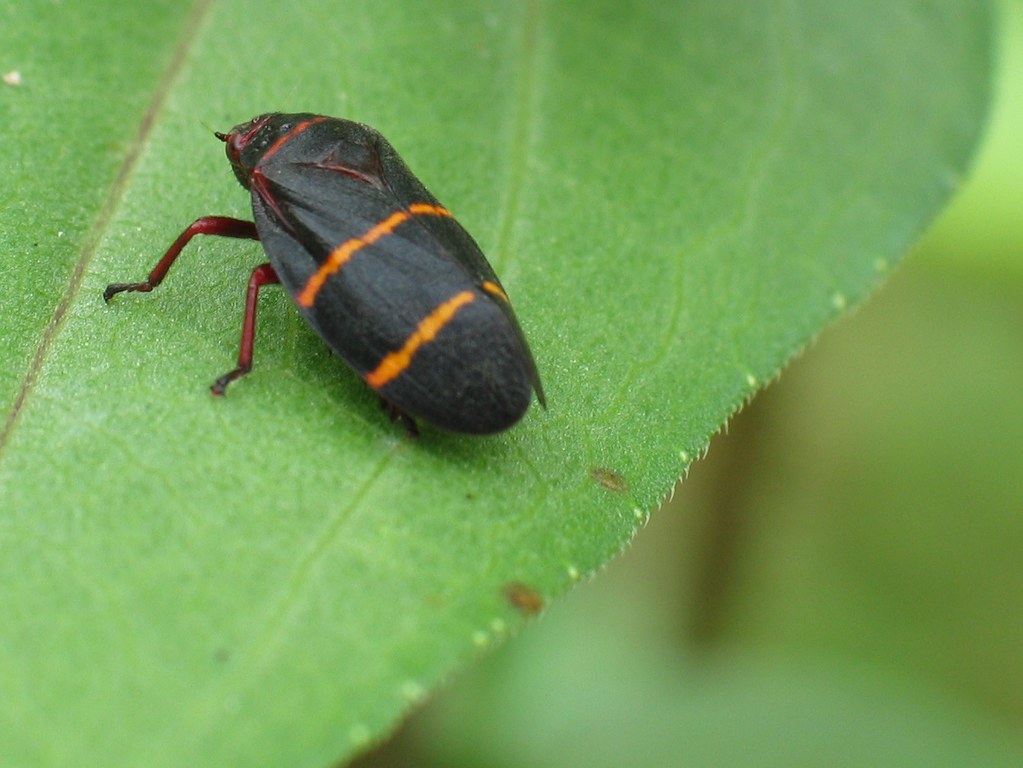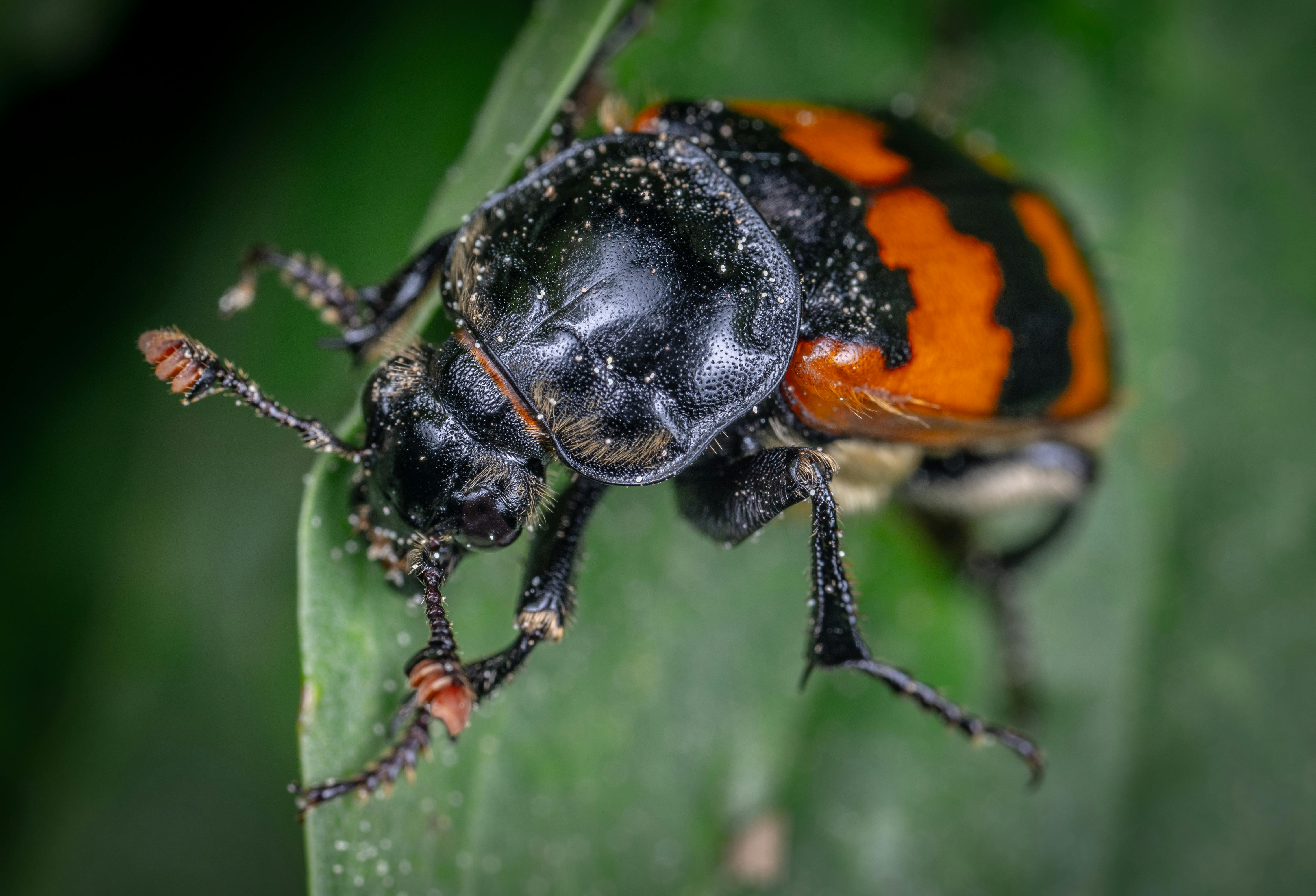
Bugs in orange and black, predator and prey Twospotted stink bug
Black and Orange Beetle bugs are a common site throughout North American, resulting in us receiving many inquiries into them. The listing below showcases common Beetles with the colors Black and Orange associated with them and found throughout the United States, Canada, and Mexico.

arthropod back to back biology black and orange breed breeding
Ants are possibly the most common type of crawling household bug you're likely to find in your home. But carpet beetles, spiders, and roaches are also common nuisance indoor pests. Fruit flies and drain flies are the most common flying bugs you're likely to find in kitchens or bathrooms.

Orange and black bug on a leaf macro. IMGP1209 Orange and … Flickr
The large milkweed bug, with its bold black-and-orange pattern, is one of the most beautiful of the true bugs. It is one of several species in its genus, with all having similar coloration but different patterns. In this species, each forewing has, from front to back, an orange, front-pointing triangle, a wide black band, and an orange backward-pointing triangle; then, the outer, membranous.

Bugs in orange and black A spooky Halloween trick or treat for
However, if you notice the distinctive black and orange pattern of these bugs, you should avoid them, as their mouths can irritate your skin like a bite. Their fecal material can cause a red stain on curtains, drapes, clothing, etc. Like stink bugs, when crushed or handled roughly, boxelder bugs can also produce a strong, disagreeable odor.

Orange Black Stink Bug Novatilla virgata
ANTS, BEES & WASPS BEETLES BUTTERFLIES & MOTHS SPIDERS ALL BUGS Primary colors are just one way to identify an insect - secondary colors, body shape, and environment are a few others. The listing below showcases insects with the Primary Color of orange and found throughout the United States, Canada, and Mexico (the countries this website covers).

Black and orange bugs scaring away the monarch butterflies Gardening Q
What to look for : Boxelder bugs are black with distinct reddish or orange markings on their dorsum and have an elongated, somewhat flattened shape. Where you're likely to spot them: These bugs get their common name from the fact that they are often found on and around boxelder trees.
Urban Wildlife Guide Red Milkweed Beetle
Orange aphids are one of the tiniest orange bugs you'll find. The little flying insects are characterized by an orange pear-shaped body, six black legs, a pair of black antennae, and two cornicles (tail pipes) at the end of their abdomen. Orange aphids measure 0.78" to 0.15" (2 - 4 mm) long.

Unknown Black leaf bug with orange stripes a photo on Flickriver
The boxelder bug (Boisea trivittata) is an American species of true bug, also commonly known as the box elder bug or maple bug. It is found primarily on boxelder trees, as well as other maples and ash trees.. Adult boxelder bugs are about 1/2-inch long, black with orange or red markings, including three stripes on the prothorax, the area.

A Black And Orange Colored Beetle Ob A Leak · Free Stock Photo
Dec 16, 2023 3:52 PM EST The harmless house centipede is one of the bugs pictured in this guide. https://upload.wikimedia.org/wikipedia/commons/4/48/Uninvited_guest_in_my_house_%2815419443462%29.jp How to Use This Guide If there's a new bug in your life and you want to identify it, you're in the right place.

Corizus hyoscyami an orange and black bug insect Known to … Flickr
Black and orange bugs are a common site throughout North American, resulting in us receiving many inquiries into them. The listing below showcases common insects with the colors Black and Orange associated with them and found throughout the United States, Canada, and Mexico.

Dan Simon Macrophotography — A blackstriped orange plant bug (Lopidea
The boxelder bug, Boisea trivittatus, is familiar to most people, though they may not be able to identify it by name. The adults are about a 1/2-inch long and have backs that are black with orange or red stripes beginning behind the head. The wings lay flat over the body in an overlapping manner that forms an X shape.

Black&Orange beetle by Tim Morrill on 500px Orange black, Morrill, Black
1. Large Milkweed Bug Common in North America, South America, and The Caribbean, this bug (Oncopeltus fasciatus) grows to a maximum size of 12mm. The species is identified by its black and orange coloring. Orange coloring forms marks of an X shape on the dorsal. The lower abdomen is black. Large Milkweed Bug

black orange bug 9924 Netwinged Beetle Calopteron reticul… Flickr
The Western Boxelder Bug, also known as Boisea Rubrolineata, is a common insect found in the Nearctic region, which includes North America and Northern Mexico. These bugs are typically black or dark brown with orange lines along the edges of their wings, and they are about .39 to .55 in length.

Bugs in Orange and Black I Milkweed leaf beetle, Labidomera
Adult boxelder bugs About 1/2-inch long. Black with orange or red markings, including three stripes on the area right behind the head (prothorax). Wings lay flat over their bodies, overlapping each other to form an 'X'. Young boxelder bugs (nymphs) 1/16th-inch long. Bright red when they first hatch, they change to red and black as they get.

Orange and black bug Lopidea
December 30, 2023 by Kelvine In gardens and landscapes, black and orange bugs are frequently observed, displaying a variety of sizes and shapes. These vibrant colors are exhibited by beneficial insects like ladybugs and beetles, however some insects can also be nuisance pests that can bite, harm plants, or release an unpleasant stench when crushed.

Black & orange bug Largus cinctus
1 Eastern Boxelder Bug 2 Small Milkweed Bug 3 Two-Lined Spittlebug 4 Harlequin Bug 5 Milkweed Assassin Bug 6 False Milkweed Bug 7 Western Boxelder Bug 8 California Bordered Plant Bug 9 Orange Assassin Bug 10 In North America, black and orange bugs are abundant. Do you wish to know what kind of black and orange bug inhabits your garden?